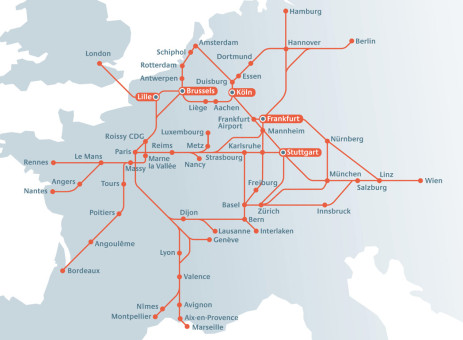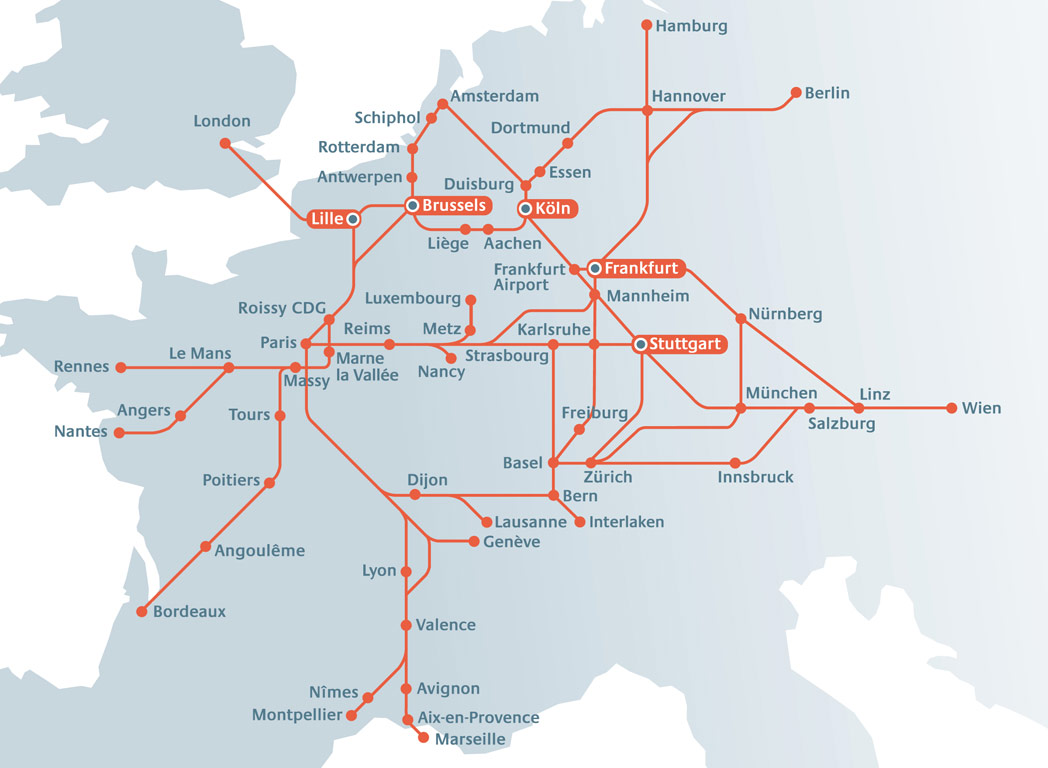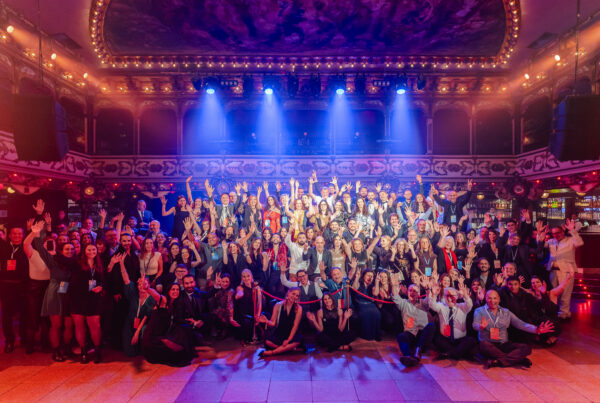
Watch Europe blur past the window as your train forges quietly through the countryside of one country and into another. Lie back comfortably in your broad seat and have a chat with your neighbours, listen to your music or read a book. Or maybe take a stroll to the dining car. That’s the way to travel.
If Europe’s airports are the nerves of the continent, quickly transmitting busy people from one important hub to another, then the railways are the arteries, running whatever the weather, carrying cross continental lifeblood and making things happen. Long after you fall asleep and rest your mind, the blood’s still pumping. As the sky calms down overnight, the trains keep gliding across the land, taking people, goods and ideas from east to west, north to south.
Flying has never been easier or cheaper for more people than right now. But, it’s also never before been more stressful. The romance was gone long before the body scanners started stripping passengers.
Through it all, train travel has remained reliable, green and genuinely glamorous. Catching a long distance train is one of those increasingly rare occasions in life when one is thrown into an experience with a group of people you have usually never met before. Sometimes you don’t utter a word to another, other days, lifelong friendships are forged.
Going to sleep with one landscape outside the window and waking up with another is a great feeling. Even on shorter journeys, you get a real feel of where you’re going as the buildings outside change colour, change age and change shape from one hour to the next. The trees change shape, glimpsed text by the side of the track changes from French to German to Italian and phone numbers change length. But you’re still there, comfortable in your seat, with much more legroom than you’d get on a plane.
Between cities where there are strong train connections, the railway is definitely the number one mode of transport. London to Paris is one example. Barcelona to Madrid is another. The airlines fly businesspeople and weekend breakers who are short of time. But, for anyone not counting the minutes, then the train is the way to go. City centre to city centre, no fuss, via spectacular scenery.
You can make much longer journeys too. Munich to Amsterdam overnight? No trouble. Paris to Rome or Venice? Book a sleeper and lay back. Zurich to Budapest? That’s less than 12 hours through the Alps.
And then there’s the environmental argument for taking the train. A study commissioned by Eurostar, who run the trains between London and Paris, found that the train generates 90% less CO2 per passenger than an aeroplane on journeys from London to France and Belgium. As a company, it is our policy to use the train instead of flying for business trips, wherever realistically possilble. You can find out more about our sustainable development policies here.
Europe’s current 7,500km of high-speed rail routes, is scheduled to double by 2020. If you thought trains were a thing of the past, think again: they’re very much a part of the future.



